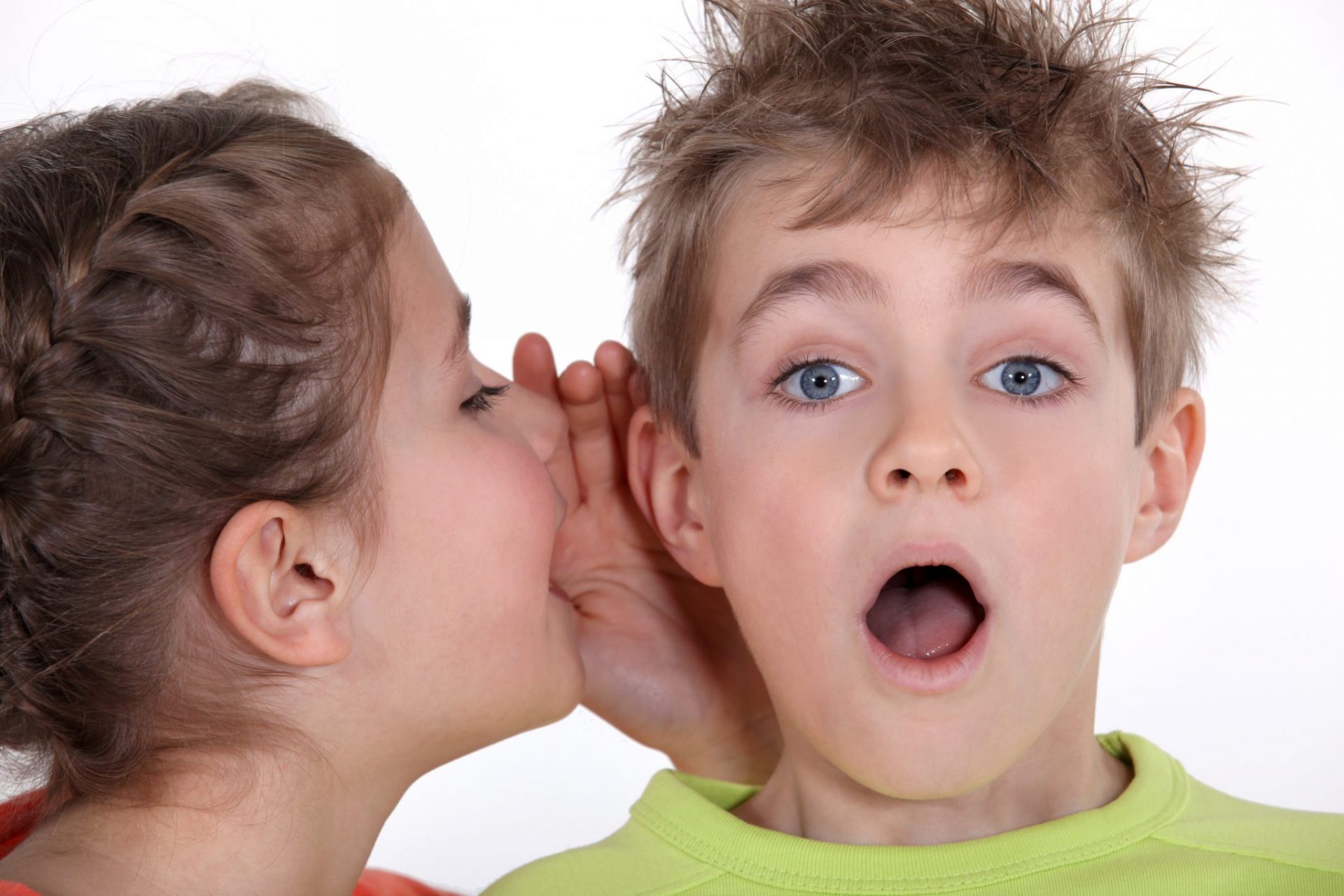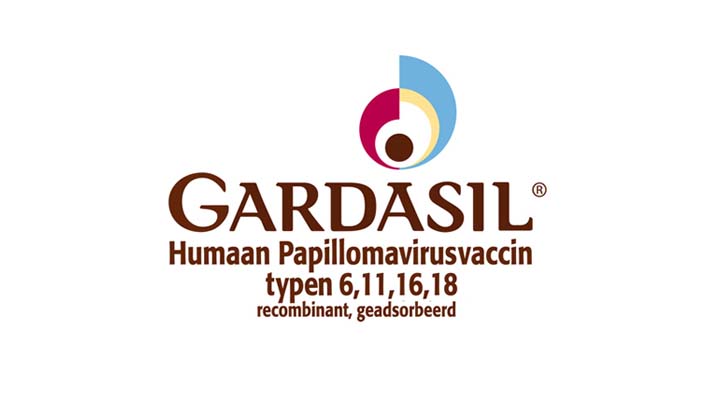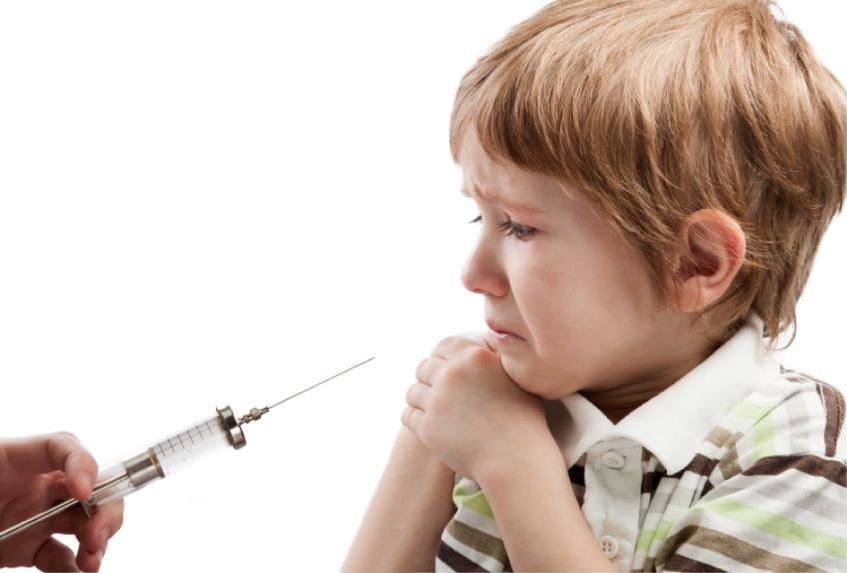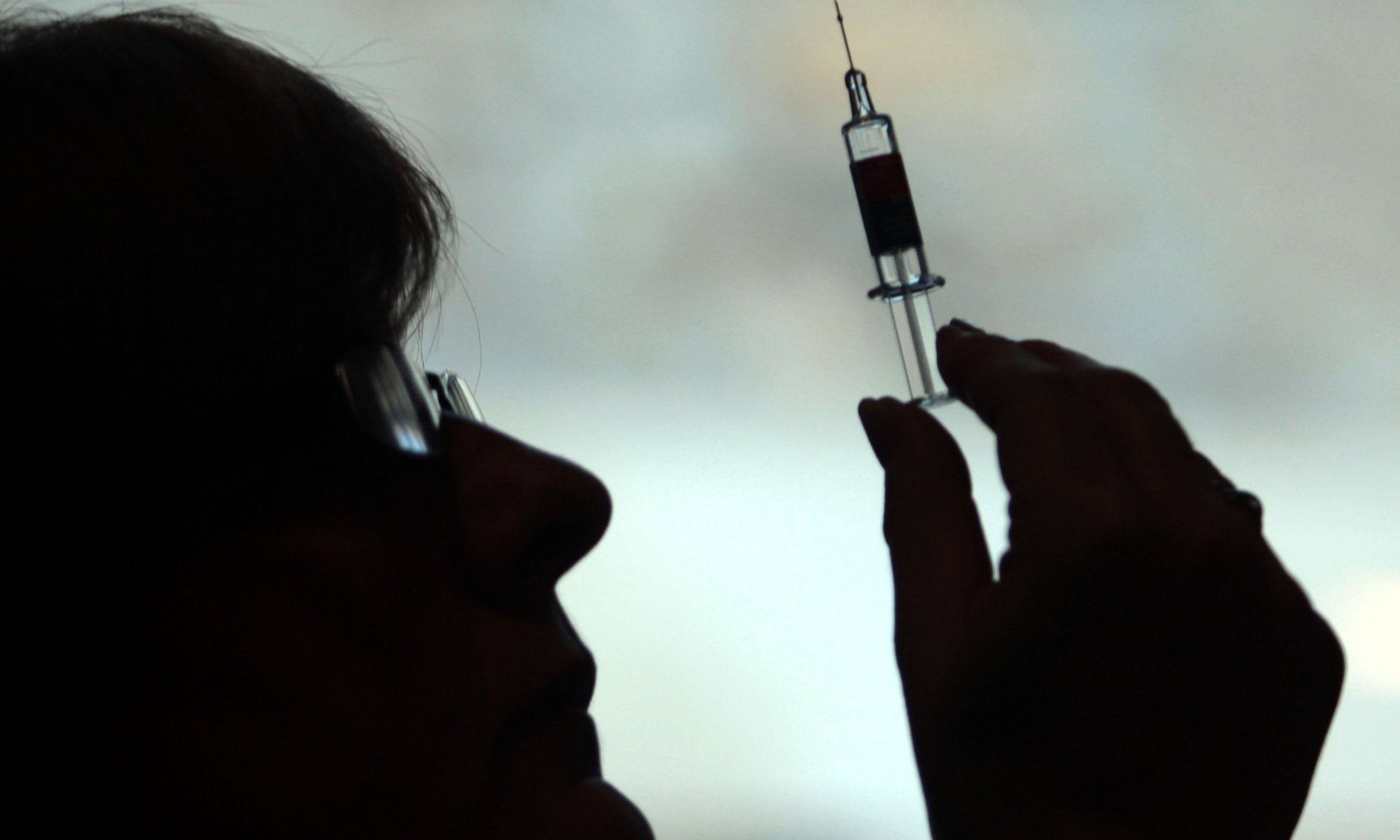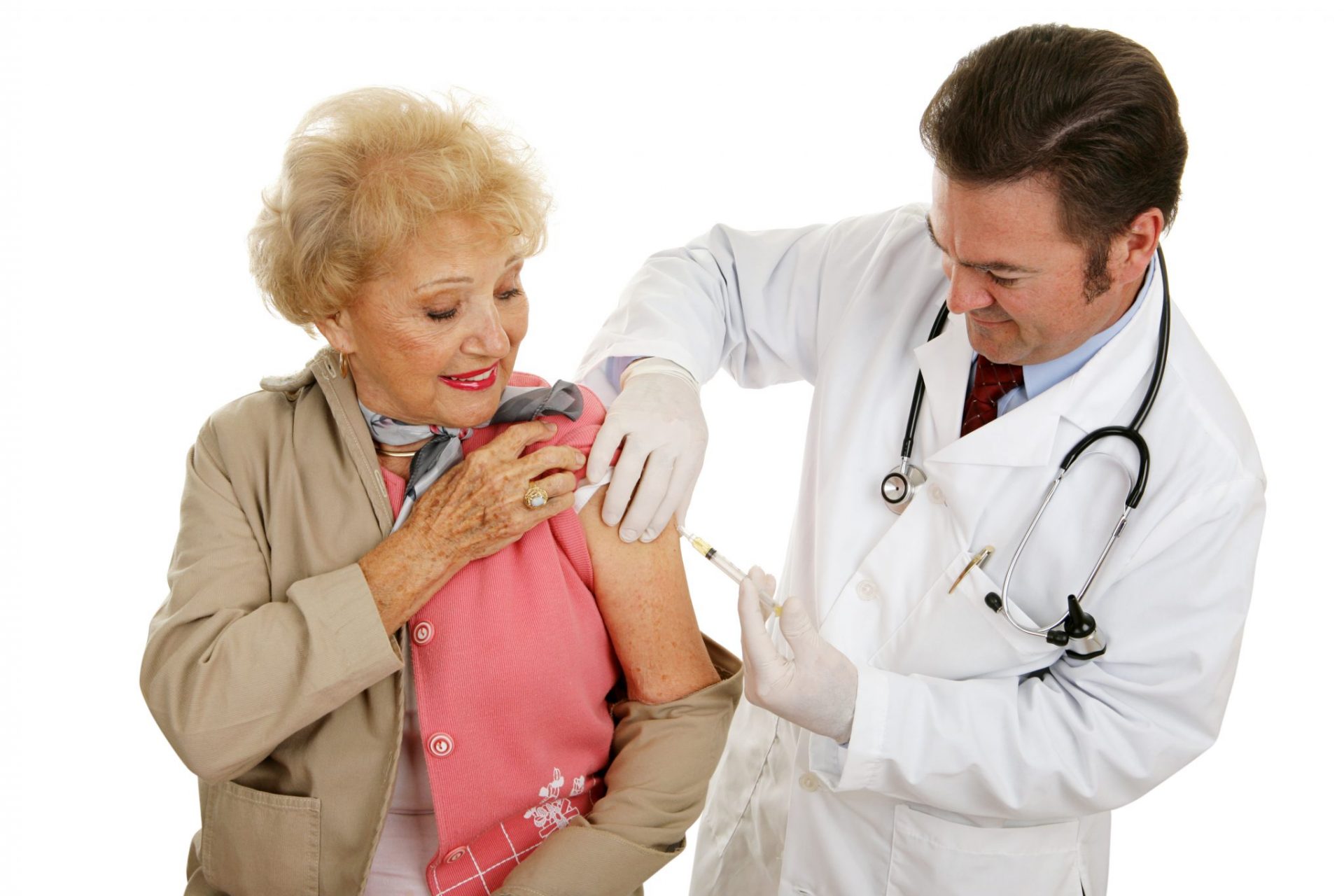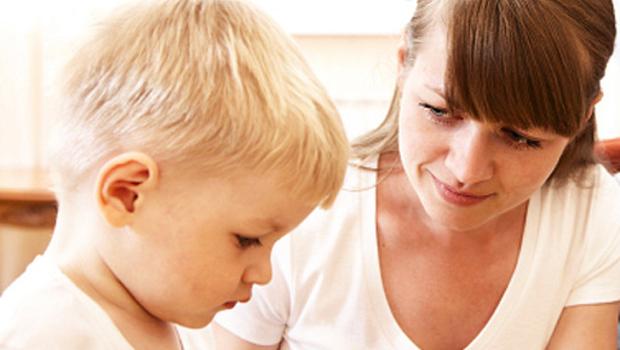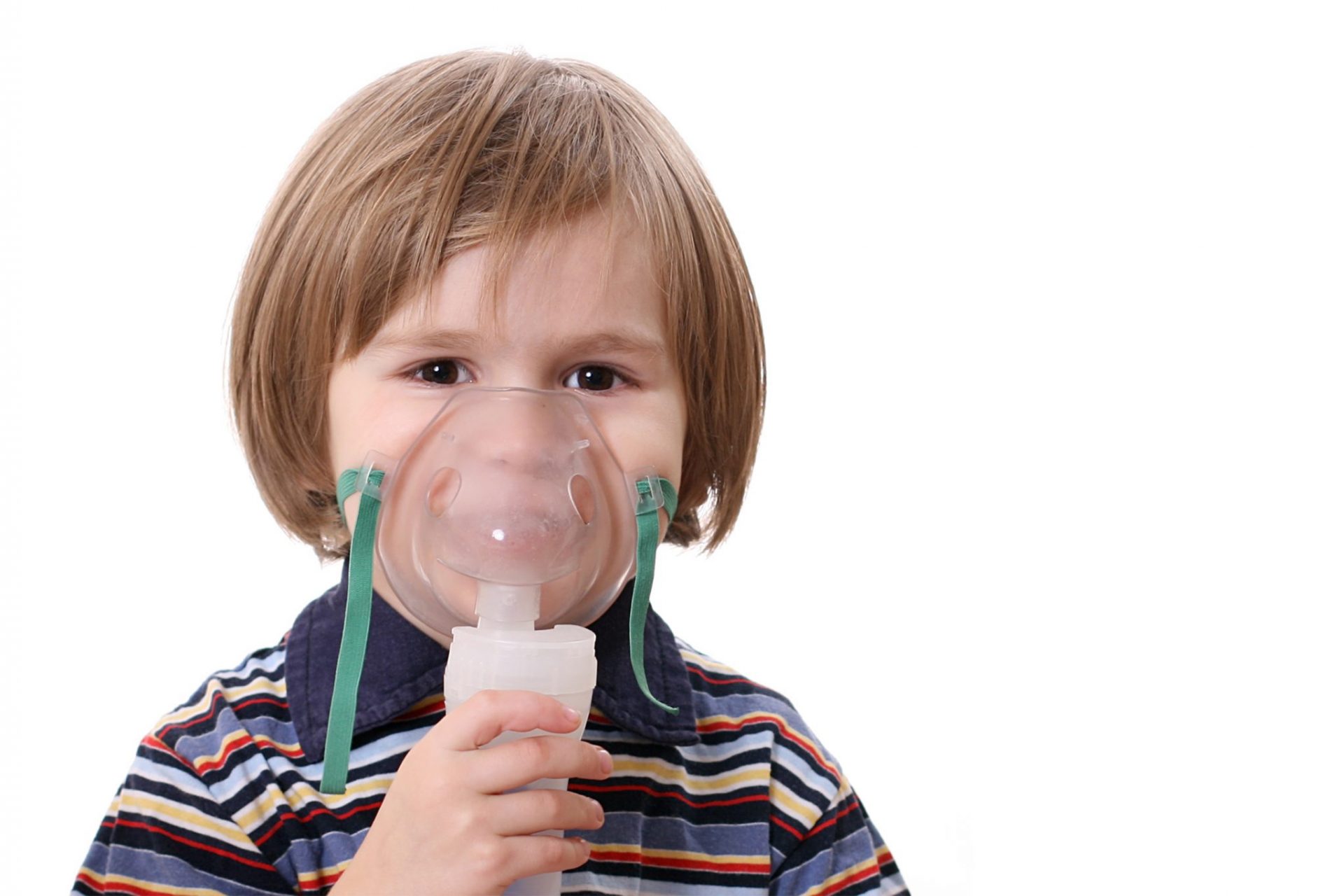Is Asperger’s syndrome a nice term for childhood schizophrenia?
(NaturalHealth365) Asperger’s Syndrome is defined as a pervasive developmental disorder (PDD) under the autism umbrella; while schizophrenia is defined as a serious mental disorder. While the medical community has known for several decades that symptoms for both disorders overlap, they have only recently questioned whether the disorders are one in the same.
Confusion has persisted because of schizophrenia’s rarity in the past – especially in childhood and adolescence. But, the recent asinine crimes that have taken place over the last decade by teens diagnosed with Asperger’s syndrome have warranted further investigation by the scientific community.
Could the shootings at Sandy Hook Elementary School in 2012, as well as the Virginia Tech shooting in 2007, have been avoided if the diagnosis of Adam Lanza and Seung-Hui Cho had been schizophrenia instead of Asperger’s syndrome? Would they have been watched better by parents, teachers, and doctors if they were labeled with the more ‘concerned’ label?
The similarities of Asperger’s syndrome and childhood schizophrenia
Much confusion persists today about childhood schizophrenia. Up until now, the labeling of this disorder has been quite rare. However, the symptoms of paranoia, as well as hostile and oppositional behaviors, may have been falsely diagnosed as conduct disorder or some other behavioral problem.
Yet, many more symptoms of this mental disorder resembles those of Asperger’s syndrome. Overlapping symptoms may include:
- Hallucinations – usually auditory in children
- Delusions
- Paranoia
- Eccentric behavior
- Aggression
- Insistence for sameness
- Egocentricity
- Social deficits and the inability to make and/or keep friends
- Isolation
- Non-empathy
- Unable to think or speak clearly
- Language impairments
- Little to no interest or ability to do tasks or activities
- Poor hygiene (if not prompted by parents)
- Physical clumsiness
- Severe anxiety
- Hypersensitivity to sound and smell
Diagnostic overlap is understandable – especially when family, genetic, and image findings show similarities between the two disorders.
Note: Learn how hormone disorders increase the prevalence of autism.
Autism once classified under the schizophrenia umbrella
Prior to 1943, a child with autistic symptoms was actually diagnosed with an emotional disturbance, a learning disability, or mental retardation. Many were also diagnosed with “childhood schizophrenia” or “childhood psychosis.”
In fact, Dr. Eugene Bleuler, a Swiss psychiatrist, is most notable for his contributions and understanding of mental illness. He was the one who coined the terms “schizophrenia” and “autism.”
In 1911, Blueler divided the terms amongst adults and children to differentiate the two; however, they were the same condition. Schizophrenia was meant for adults; while autism was meant for children.
Both were deemed as the “turning away from the external environment into a world of fantasy.” He considered both to be a result of emotional flattening and thought disorder.
By the 1940s, the attitude about autism changes
In 1943, Dr. Leo Kanner – an Austrian American psychiatrist who was the founder of the first academic child psychiatry department at John Hopkins University Hospital – borrowed the term “autism” for the group of socially aloof children he studied. He believed that “infantile” autism was a not a mental condition such as Bleuler described. Instead, he believed it was a developmental disorder.
Soon afterwards in 1949, one of Kanner’s colleagues and practicing psychiatrists, Dr. Louise Despert, argued with him on his position regarding autism. She said that social withdrawal was the crucial feature of schizophrenia regardless of the age when it began.
According to the Handbook of Autism and Pervasive Developmental Disorders, Diagnosis, Development, Neurobiology, and Behavior, Despert suggested that communication impairment, insistence on sameness, fear of noise, and so on, as seen in early infantile autism, were all symptoms of schizophrenic social withdrawal.
Kanner then leaned towards infantile autism as being the earliest form of childhood schizophrenia. However, he later recanted his position later and the two disorders were separated into two different mental classes.
Studies reveal 72 percent of schizophrenic children also have Asperger’s syndrome while 100 percent of schizophrenic adolescents have some form of PDD
According to several studies, children and adolescents fulfilled diagnostic assessments for both Asperger’s Syndrome and childhood schizophrenia. A study published in the European Child & Adolescent Psychiatry, 72 percent of children diagnosed with schizophrenia also fulfilled symptom criteria for Asperger’s syndrome either before or after the schizophrenia diagnosis. However, 100 percent of all schizophrenic adolescents had at least one or more symptoms of PDDs. A high percentage of those PDDs included Asperger’s syndrome.
Note: Find out how why autism rates are rapidly rising.
Will conventional medicine ever wake up to the emerging scientific data?
Future studies will hopefully reveal whether Asperger’s syndrome and childhood schizophrenia are one in the same disorder. Whether the medical community reveals this truth is yet to be seen. After all, protecting children from stigma and ridicule is important all around.
The medical community, teachers, and families of those diagnosed with Asperger’s Syndrome should keep a watch for any changing symptoms – especially since a high percentage of children display or will eventually display symptoms for both disorders.
Unfortunately, paranoid delusions can be a factor in violence for both Asperger’s syndrome and childhood schizophrenia. Additionally, aggression mixed with hormonal changes and stress in adolescence can wreak havoc on the brain’s attack center. Homeopathic remedies may improve behavior in children diagnosed with autism spectrum disorders.
Yet, it should be noted that the percentage of violent outrage like we’ve seen in the media is very small for both disorders.
About the author: Abby Campbell is a medical, health, and nutrition research writer. She’s dedicated to helping people live a healthy lifestyle in all aspects – physically, mentally, emotionally, and spiritually. Abby practices, writes, and coaches on natural preventive care, nutritional medicine, and complementary and alternative therapy.
References:
https://www.medicalnewstoday.com/articles/192104.php
https://www.invega.com/schizophrenia-symptoms
Volkmar, F. & Paul, R. (2005, April 28). Handbook of Autism and Pervasive Developmental Disorders, Diagnosis, Development, Neurobiology, and Behavior. Hoboken, NJ: John Wiley & Sons, Inc.
https://link.springer.com/article/10.1007%2Fs00787-012-0338-x
https://www.clinicalneuropsychiatry.org/pdf/Fitzgerald.pdf




